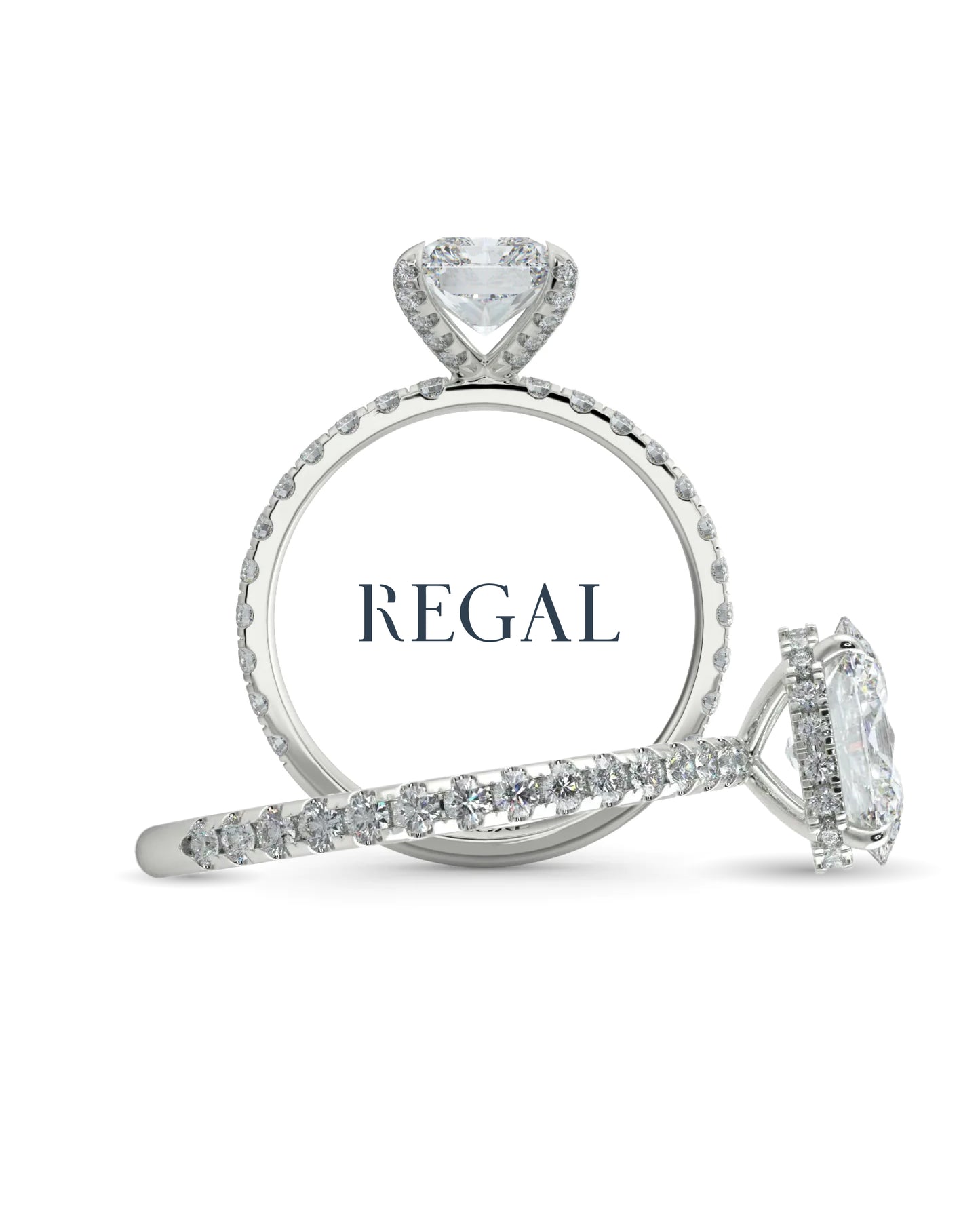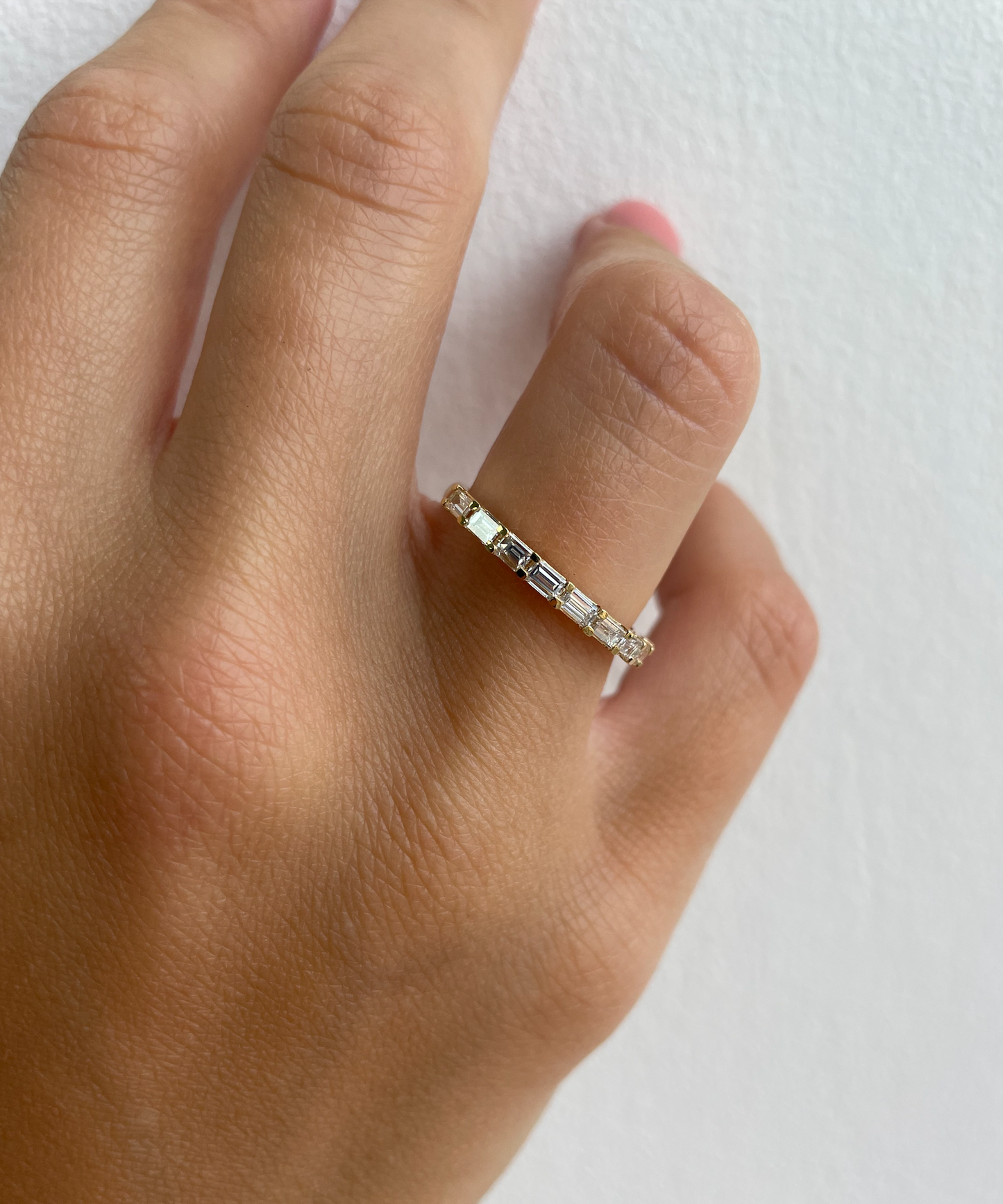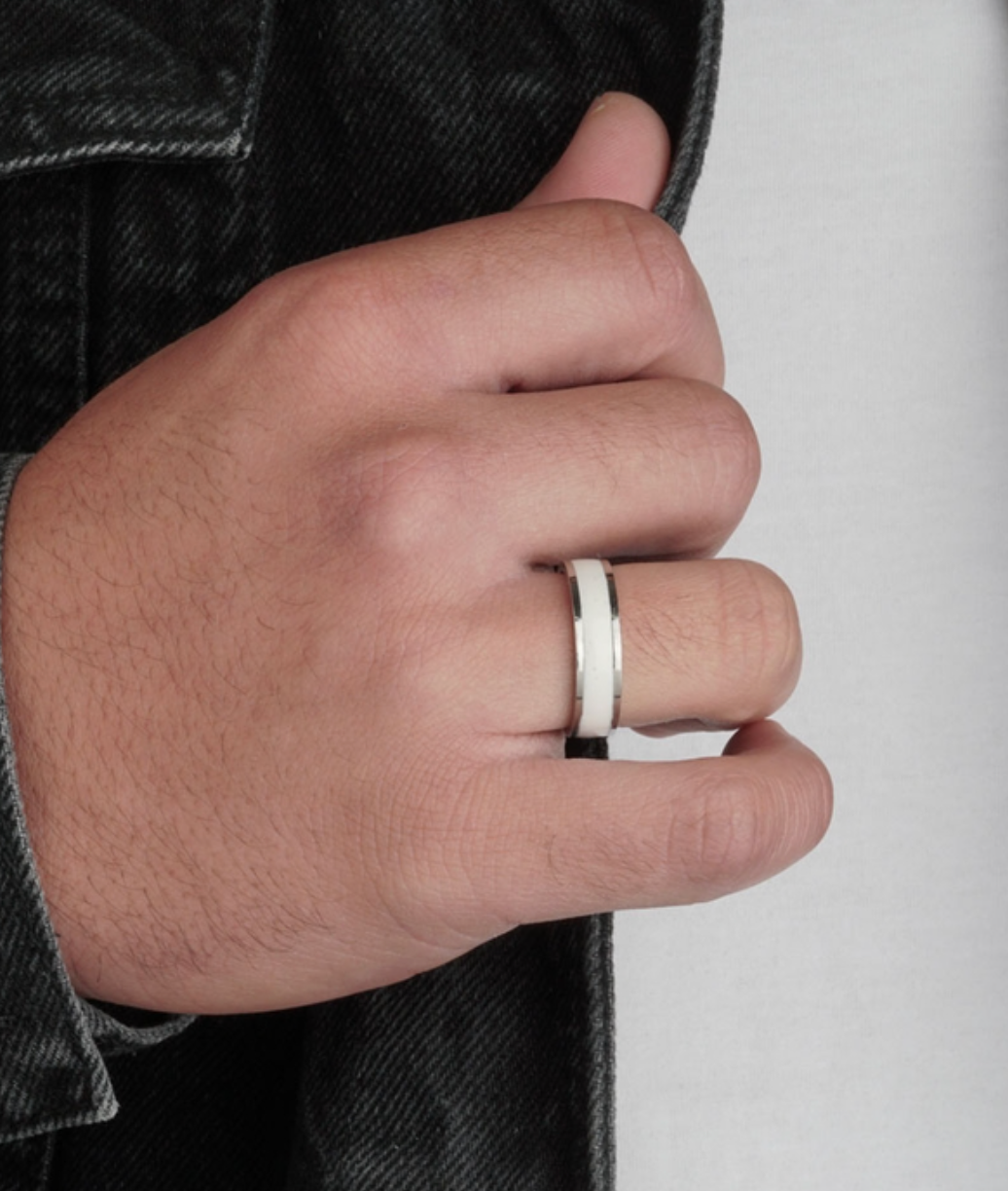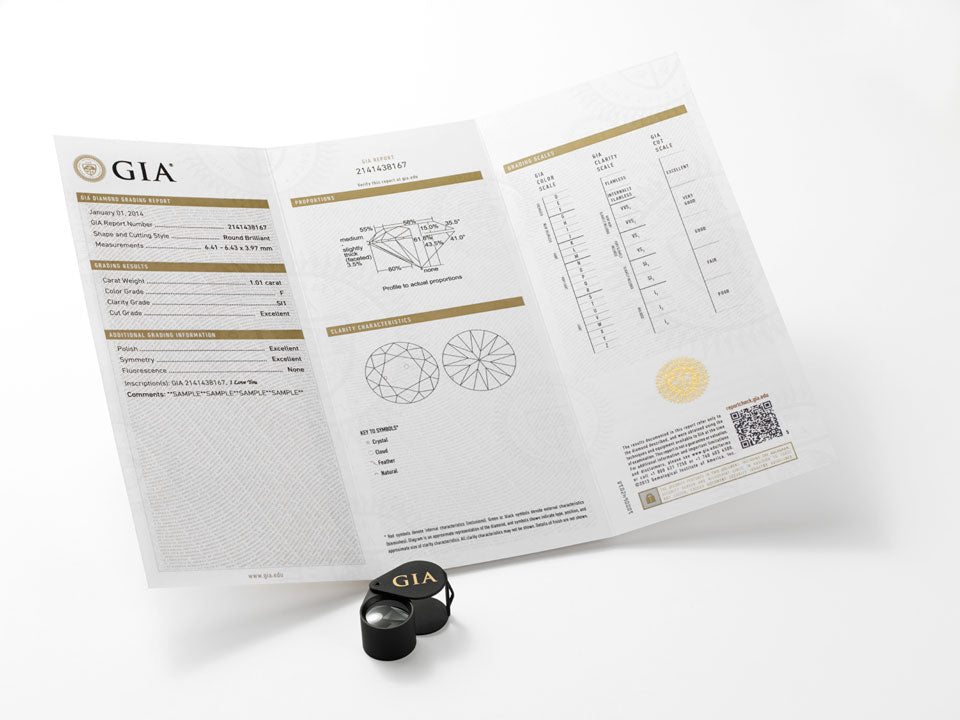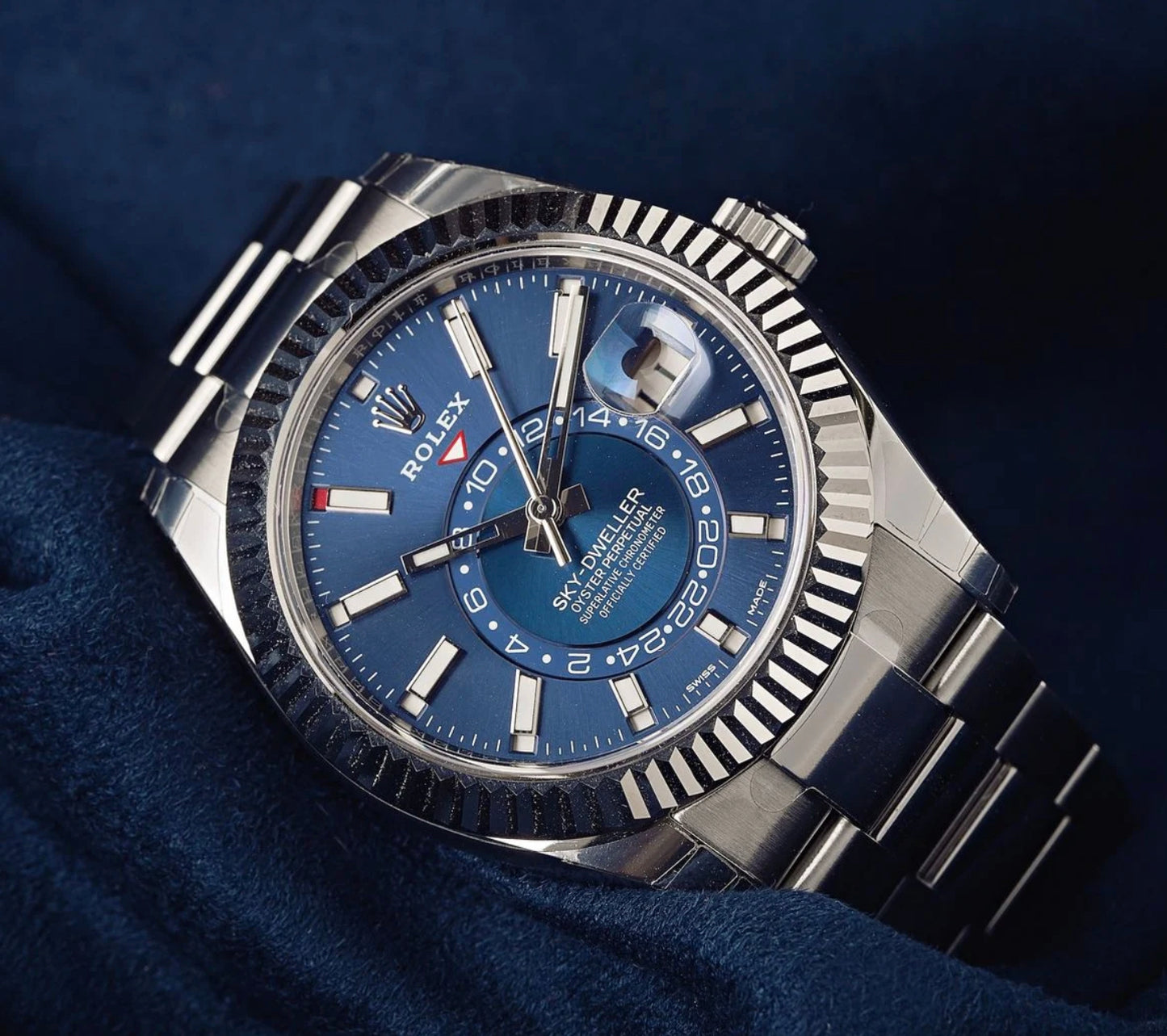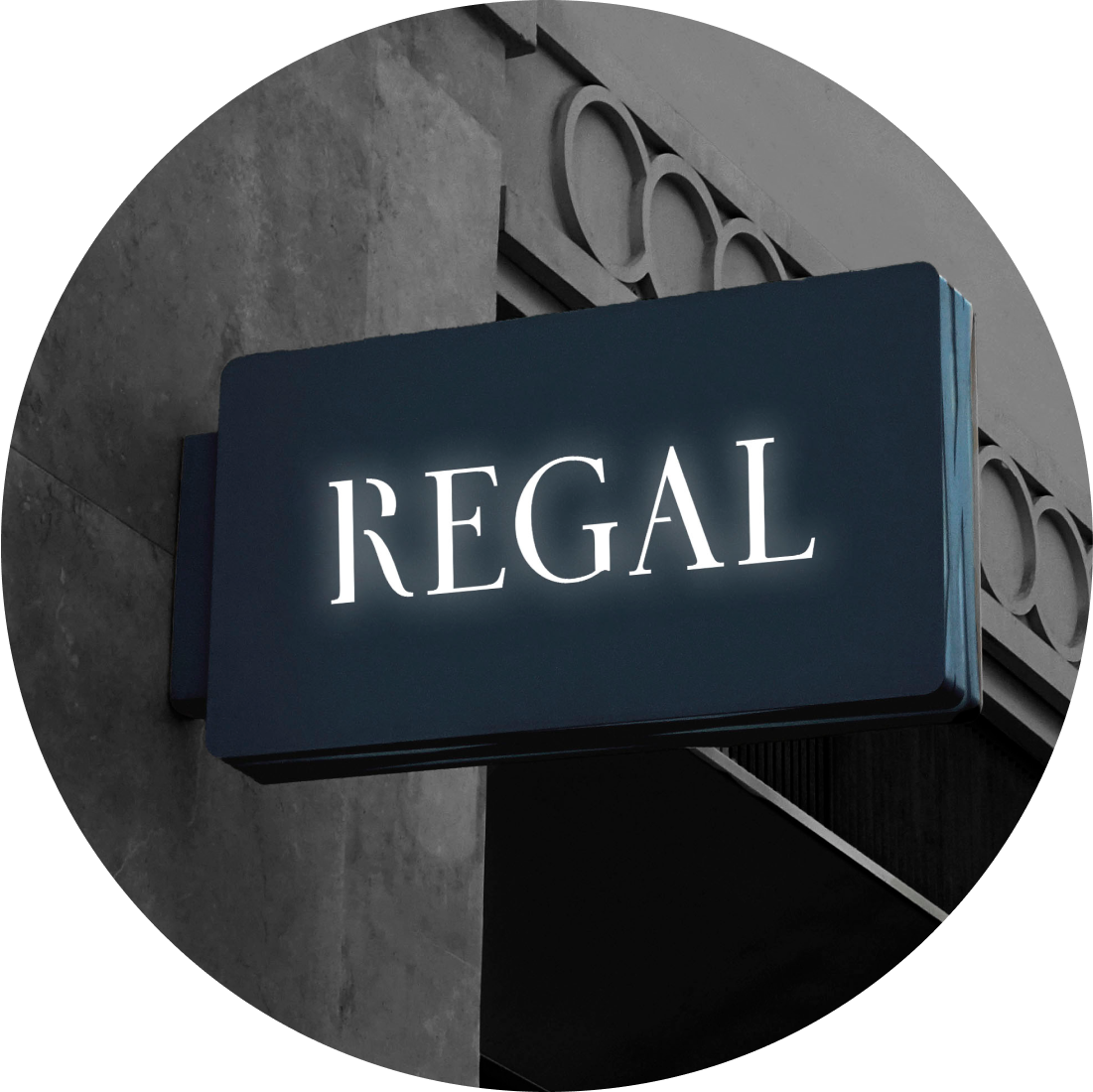
A timeless symbol of love and luxury, nothing can rival the beauty and brilliance of diamonds. When selecting a diamond for an engagement ring or special item of fine jewellery, finding your perfect stone can be daunting. However, a little bit of knowledge can go a long way in making you feel confident in identifying your requirements and choosing your ideal stone.
To help you understand the finer details of natural diamonds, we have compiled this guide to take you through what are commonly called The Four C’s of diamond buying: Cut, Colour, Clarity and Carat. Armed with this information, you will be more knowledgeable and confident in making your selection - and don’t forget, our gemologists are always on hand to help and advise you every step of the way.
Here we will focus on natural diamonds, however if you are interested in lab grown diamonds, you will find our guide here.
Need to Know: The Four C’s
The most common measures of diamond characteristics are Cut, Colour, Clarity and Carat. Known as the Four C’s (or 4Cs), these aspects will help determine the quality of a diamond, helping you decide what aspects are most important to you, and establish your expectations and requirements for the perfect stone.
Cut
The cut of a diamond doesn’t necessarily mean the shape (don’t worry, we will explain the most popular diamond shapes further on!). The cut of a diamond determines how well the stone will reflect the light using multiple faces, known as facets, to catch and bounce even the faintest glimmer.
The cutting of a diamond requires exceptionally high levels of skill and is carried out by only highly skilled artisans, who can assess the individual characterises of each natural stone and unleash the optimum beauty and reflective qualities it can offer. Considered by many to be the most important of the Four C’s, the cut will determine the brilliance and sparkle of your diamond.
Colour
Colour, or more precisely the lack of colour, has a major impact in the value and desirability of natural diamonds. Stones are graded against a colour scale, with ‘colourless’ stones being the rarest. However, many natural diamonds contain a slight tint of yellow which may not be generally noticeable to the naked eye, with diamonds further down the scale having a very noticeable light-yellow hue.
Despite the brightest colourless and low colour stones being the most desirable and expensive, fashion and personal taste can mean yellow tinted stones can be the diamond of choice for some.
Clarity
Natural diamonds are created over millennia with each and every stone forming differently, making every one unique. Clarity measures how flawless your stone is – with true flawless stones being exceptionally rare and very expensive. To make the most of your budget, there may be some compromise to make on the Clarity of your stone, however take heart in the fact that a diamond that isn’t flawless, can still appear perfect to the general eye when set in engagement rings and diamond jewellery.
Carat
When deciding on your perfect diamond, the Carat will be the aspect that will probably have a significant influence on your finished engagement ring or jewellery. The Carat of a diamond is the measurement of the physical weight of the stone, and especially in the case of classic round brilliant cut diamonds, represents the visible size. When considering your budget, it may be the Carat size that dictates your choice over the other C’s.
A note on Diamond Shapes
In addition to the Four C’s we’ve detailed above, diamond shapes dramatically dictate the final look and style of engagement rings or jewellery. From round to rectangular, here is a rundown of the most popular diamond shapes…
Round cut diamonds: Without a doubt the most popular of the diamond shapes, round diamonds give unmatched brilliance and light and are a perfect choice for classic solitaire engagement rings and central stones.
Princess cut diamonds: Giving a sleek and modern look, princess cut diamonds have a square shape that offers beautiful radiance and is a great alternative to the ever-popular round shape.
Cushion cut diamonds: With a beautifully classic look that offers an air of old-style glamour, the cushion cut diamond has either a square or slightly rectangular shape but with delicately rounded corners.
Emerald cut diamonds: A cut initially devised for, unsurprisingly, emeralds, this shape works beautifully for diamonds giving a sophisticated rectangular shape popular for engagement rings.
Pear cut diamonds: A cut that flatters the finger making it an appealing choice for engagement rings, pear-shaped diamonds have a teardrop shape with one rounded end and one pointed end. Giving a level of reflection to rival the round cut diamond, pear-shaped diamonds are ideal as a central stone or solitaire.


